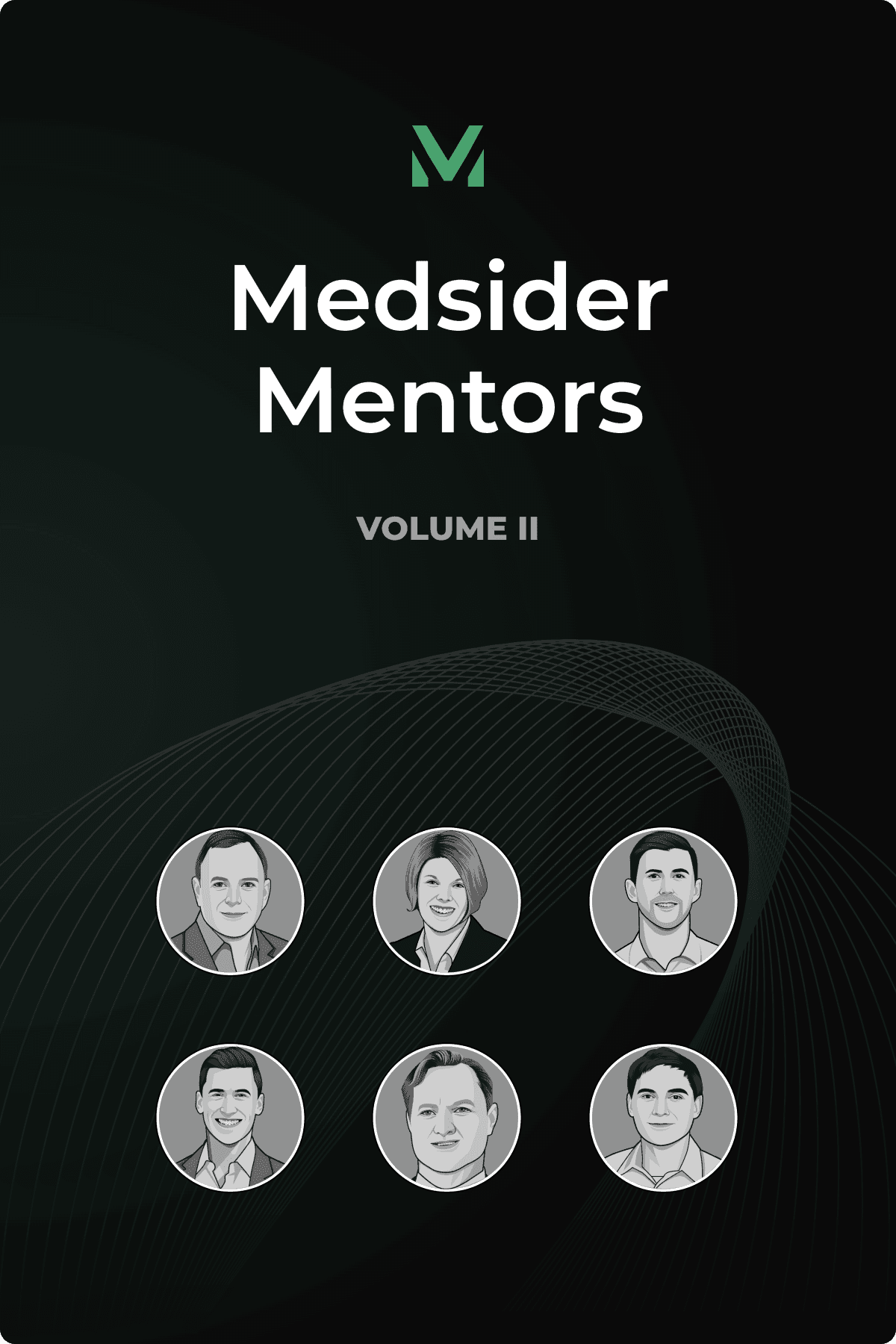From Circuit Boards to Brainwaves
Interview with Noctrix Health CEO Shriram Raghunathan

Shriram Raghunathan is an inspiring figure in the medtech space, known for his proficient engineering know-how and deep understanding of neuroscience.
He started his journey as an electrical engineer, designing circuits for cell phones. However, his love for music and fascination with the brain's perception of it steered him towards neuroengineering. Drawing a parallel between neurons and circuits (they both essentially switch on and off), Shri embarked on a new journey, attempting to understand the brain's complex nature.
Although the brain proved to be much more complex than Shri presumed, he skillfully applied his background in electrical engineering to the neuroscience space, designing implantable devices for seizure detection and suppression in mice and rats.
As his career progressed, he moved to designing Vagus nerve stimulators for patients with epilepsy. However, Shri grappled with the reality that most patients could only access these life-changing therapies after exhausting all medication options due to their risky and invasive nature. This inconvenience sparked his interest in the consumer aspect of medtech, leading him to focus his work on establishing medical devices as accessible alternatives to pharmaceutical options.
This desire led Shri to the Stanford Biodesign Fellowship, a year-long immersion into problem-solving alongside engineers, business professionals, and doctors.
During his fellowship, he gained invaluable insights into healthcare's most pressing unmet needs. For one, Shri discovered the extensive and often overlooked problem of restless leg syndrome (RLS), a neurologic disorder characterized by an overwhelming need to move the legs, commonly disrupting sleep and causing significant distress and poor quality of life. Surprised by the prevalence of RLS and the number of patients resorting to Parkinson's drugs for treatment, he saw an opportunity to develop a medical device solution for this condition.
This is how Noctrix Health was born. The venture is an early pioneer of "therapeutic wearables'', seeking to address the gap in patient care within the neurological space. Their devices have the potential to replace or augment pharmaceutical treatments, a significant step towards achieving Shri's vision of leveling the playing field between medical devices and pharmaceuticals.
Noctrix Health’s flagship product NTX100 is based on the observation that RLS patients often find temporary relief in leg movement. The product consists of two wearable units wrapped around the common peroneal nerve located on the outside of each knee. Patients can activate the device before bedtime and adjust the calibration settings for optimal efficacy. The challenge lies in ensuring the electrical stimulation does not incite disruptive paresthesias, which could potentially disturb the patient’s sleep.
The team at Noctrix Health meticulously tweaked the device, experimenting with different waveforms and nerve targets, and succeeded in making the electrical stimulation either imperceptible or comfortable enough to allow patients to fall asleep. By selectively sending electrical stimulant waves to the afferent nerves in the lower legs, the device conveys signals to the spinal cord, simulating the sensation of active leg muscles. This 'deception' helps placate the brain, mitigating the irresistible urge to move the legs.
NTX100 is designed as a chronic in-home therapy available through a physician's prescription. The company envisages a system where patients would typically acquire the device through their sleep doctor, akin to acquiring a CPAP device for sleep apnea. As a result, the device is positioned to be used continually at home.
Following their recent FDA approval via a De Novo 510(k) application, Shri and his team are undertaking a limited launch in the United States. The next 12 months will be crucial to fine-tune the product, refine the company's capacity to service patients and clinics effectively, and establish the necessary systems for scalability. Concurrently, Noctrix Health is assembling a comprehensive reimbursement team aimed at securing insurance coverage and new reimbursement codes that would ensure broad market access and device affordability.
Key Learnings From Shri’s Experience
In the medical device industry, need-to-have products come with much lower friction than want-to-have products. Focusing on the unmet patient needs rather than trying to create a new market for your solution will yield much better commercial results.
Surround yourself with talented, insightful people who are not afraid to challenge your assumptions. This type of high-performing team can help you navigate risks and offer fresh ideas to drive your venture forward.
It is crucial to validate the scale of the problem and demonstrate your device’s capacity to solve it. This not only manifests the true value of your solution, but also paves the way for its receptions, which is key to attracting the right investors.
You May Like These Articles
Medsider Premium
Become a premium member and unlock access to exclusive Medsider benefits.



